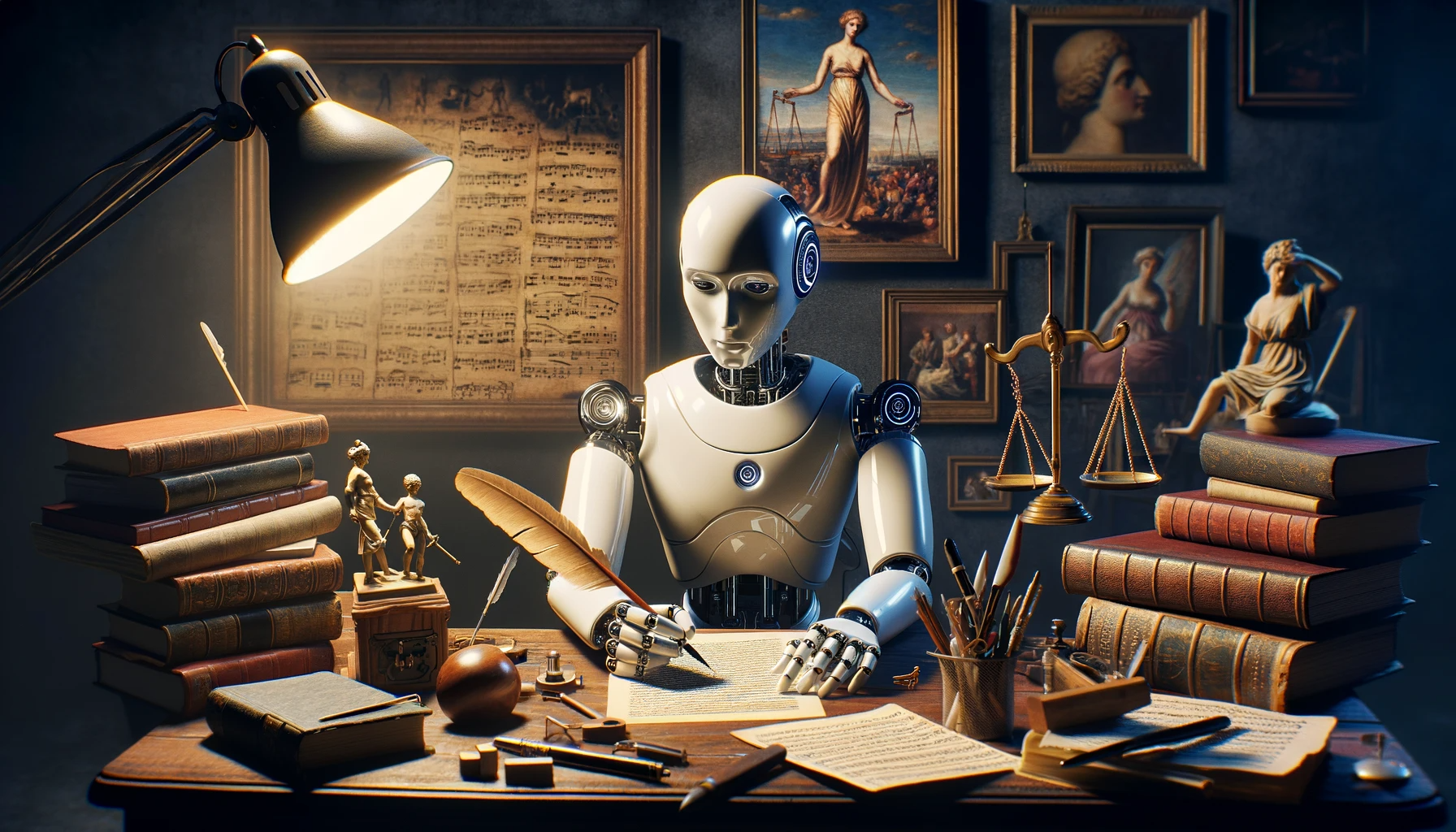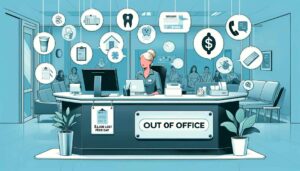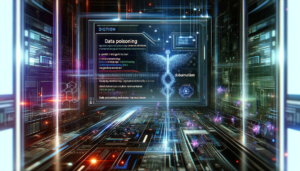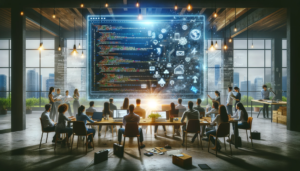In the ever-evolving landscape of art and creativity, there’s a significant shift happening, one that’s causing concern among artists and celebrities. It’s the rise of Artificial Intelligence (AI) and its growing ability to mimic human artistic expression.
AI can now create art, music, and stories that resemble human-made creations. It’s like a robot that has observed and learned from our work. But what’s raising eyebrows is the possibility that AI is using art and content created by real artists, like you or someone you know, to refine its abilities.
Why Artists and Writers Are Up in Arms
Actors and writers just went on strike. Why? They’re worried about AI using their faces, their voices, and their words without permission or compensation. Imagine you’re an actor, and suddenly, you see your face in a movie you never worked on, or you’re a writer, and a story you sweated over is being told by an AI without your consent.
What the Big Court Battles Are Saying
The legal aspect comes into play here. The law suggests that if AI produces something very similar to your work and had access to it, that might not be fair. For instance, if an AI was trained on a variety of internet images, including yours, and starts creating similar artwork, that could be problematic.
How Do We Show AI Crossed the Line?
To prove AI took a little too much inspiration from your work, you’d have to prove two items: that the AI got a chance to “see” your stuff, and then it made something that’s a dead ringer for your original piece. That means if your art’s out there on the web, and AI uses it to learn, and then produces something super similar, that’s where the problem starts.
Recently, the Congressional Research Service released Generative Artificial Intelligence and Copyright Law. This article, in addition to many other topics, discusses how copyright laws are applied to AI outputs. In particular it says:
AI programs might also infringe copyright by generating outputs that resemble existing works. Under U.S. case law, copyright owners may be able to show that such outputs infringe their copyrights if the AI program both (1) had access to their works and (2) created “substantially similar” outputs.
This paragraph clearly mentions that AI systems can certainly be liable for generating outputs that resemble existing work. The article also mentions:
For AI outputs, access might be shown by evidence that the AI program was trained using the underlying work. For instance, the underlying work might be part of a publicly accessible internet site that was downloaded or “scraped” to train the AI program.
This makes it clear that copyright owners are rather protected under the law. The challenge is however, proving that “the AI program was trained by the underlying work”. This is not a new challenge and a new field for the courts to explore. There have not been many cases that one can clearly use to see how one can prove what’s required by the law.
Are there any court cases?
Yes. There are a few fresh cases. For example Visual Artists’ Class-Action Lawsuit Against Stability AI, Midjourney, and DeviantArt was just brought to the courts in January of 2023. The case is about the visual artist Sarah Andersen, Kelly McKernan, and Karla Ortiz filed a class action complaint against defendants Stability AI Ltd. and Stability AI, Inc., Midjourney, Inc., and DeviantArt, Inc. these artists are claiming that their work was used to train AI systems like Midjourney and Stable Diffusion.
The decision on cases like this will make it more clear for artists, lawyers and other stakeholders to know their rights and responsibilities when it comes to using copyrighted material to train their AI.
What Does This Mean for You, as an Artist?
It’s about protecting your creative efforts and ensuring that your work remains uniquely yours. We need to be vigilant about how our creations are used, support fellow artists, and take actions towards the impact of technology in the art world.
The Call to Action: Protect Your Art
This is more than just a legal battle. It’s about protecting your heart’s work. We’ve got to keep an eye on how your work is being used. Support fellow artists and writers. Talk about what’s going on. Make some noise. And even help you reconsider how youwe share your work online.
We’re in a new world where our creation can zip around the globe in a second, and that’s amazing! But it also means we’ve got to be smart and stand up for our rights.
So, to all you creators out there: let’s stick together. Keep making your magic, and let’s make sure it stays yours. That’s how we keep the “art” in “artificial intelligence.”
If you are an artist or know someone who should protect their original work check out GenGuard whose mission is to help artists in the era of Artificial Intelligence.



